
by Krista | Feb 2, 2016 | Summer
Entering the gates of Jimbour House is like stepping into the setting for a fairy tale.
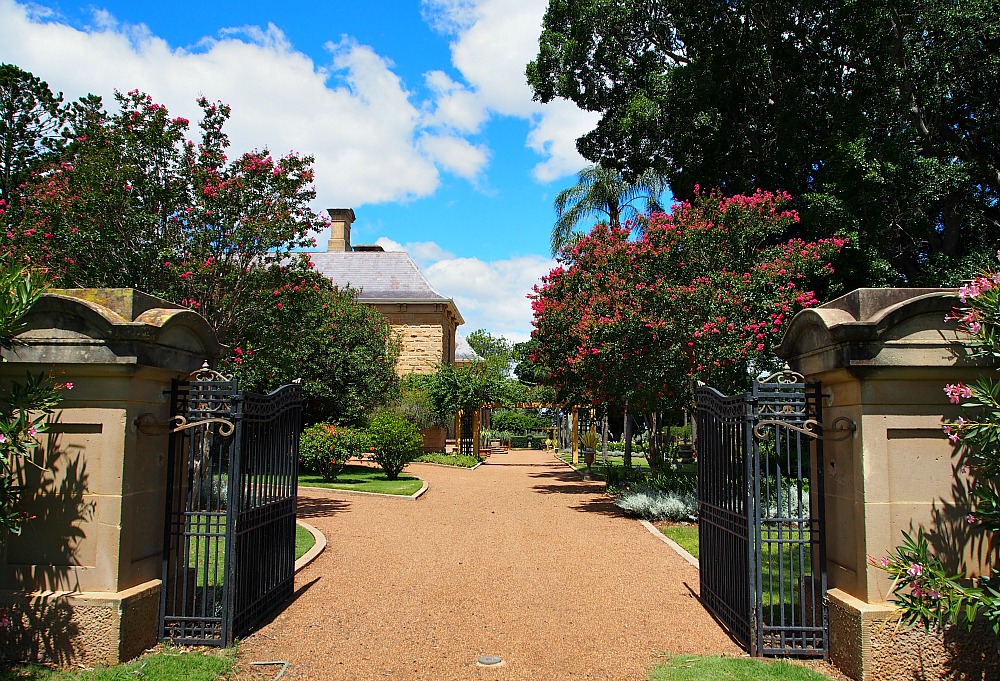
Gone are the sun-baked fields and humble farmhouses of rural Queensland. Instead, my friend Sue and I found ourselves in a oasis of beauty and peace, where birds sang and warm wind blew through the tree tops.
Last time I showed you the front of Jimbour House and the wonderful kitchen garden. Today we’re ducking around the side of the house to explore the back.
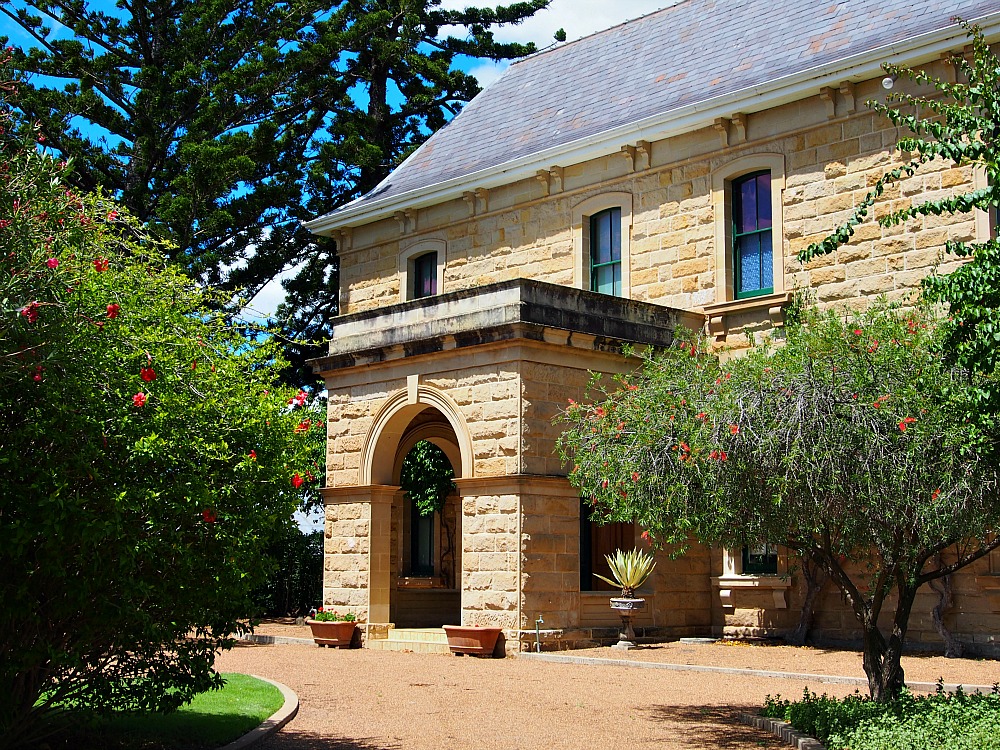
To get to the back of the property you can slip around the corner of the house (see above) or, like us, get there at your leisure by wandering through the kitchen garden, across expansive lawns, and under wondrous old trees that provide the most exquisite shade.
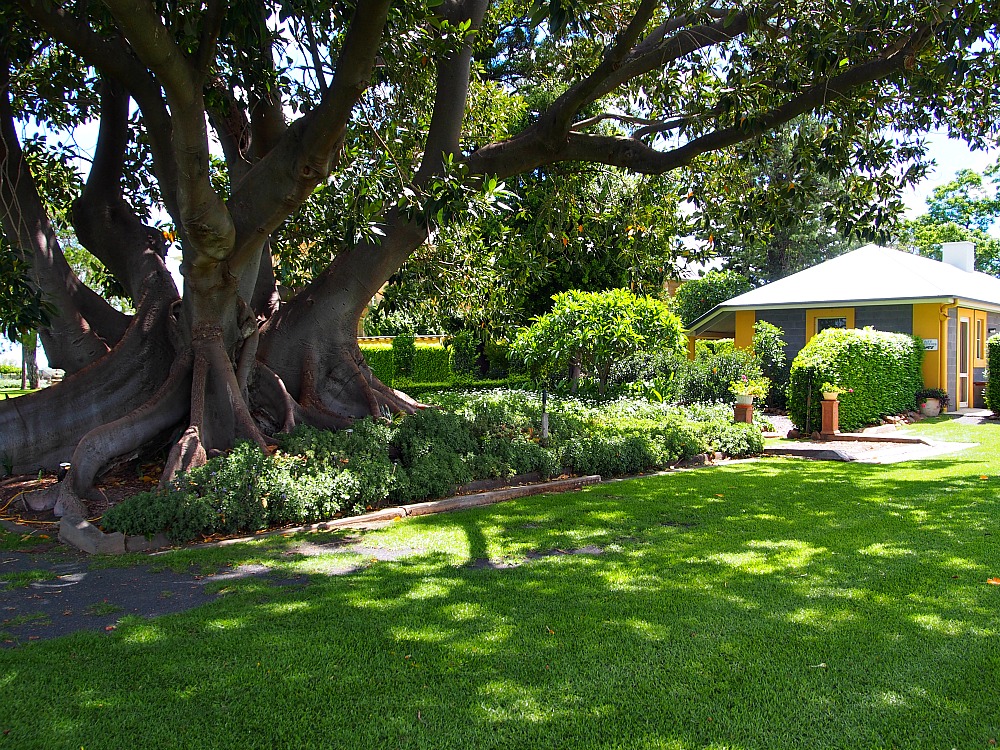
The back of the property is a bit like a museum with lovely old restored barns and stables and even an airplane hanger. Placards bear all sorts of fascinating tidbits about the personalities who lived, worked, and visited Jimbour House over the past 100+ years.
I liked learning about an amazing woman named Nancy Bird-Walton.

Born 1915, Nancy was a fully qualified pilot by the age of 19. She went from being the youngest commercial licensed woman pilot in the British Commonwealth to becoming Australia’s “First Lady of aviation” in the 1970s. She became known as “Angel of the Outback” for her work with the Royal Flying Doctor Service and received an OBE in 1966. In 1977 she became a Dame of St John (Knights of Malta).
In 1936 she flew over rising floodwaters and rescued a man named Charles Russell who, upon seeing her, exclaimed, “My God! It’s a Woman!”.
And what a woman.
Past the barns and hanger lies the Bluestone Building.
Built in 1868, it was originally a two-story edifice with southern verandas on both levels. It served as the Bell family residence until the present Jimbour House was completed in 1877. Now the Bluestone Building is a single story structure used as staff quarters. I think it’s marvelous.
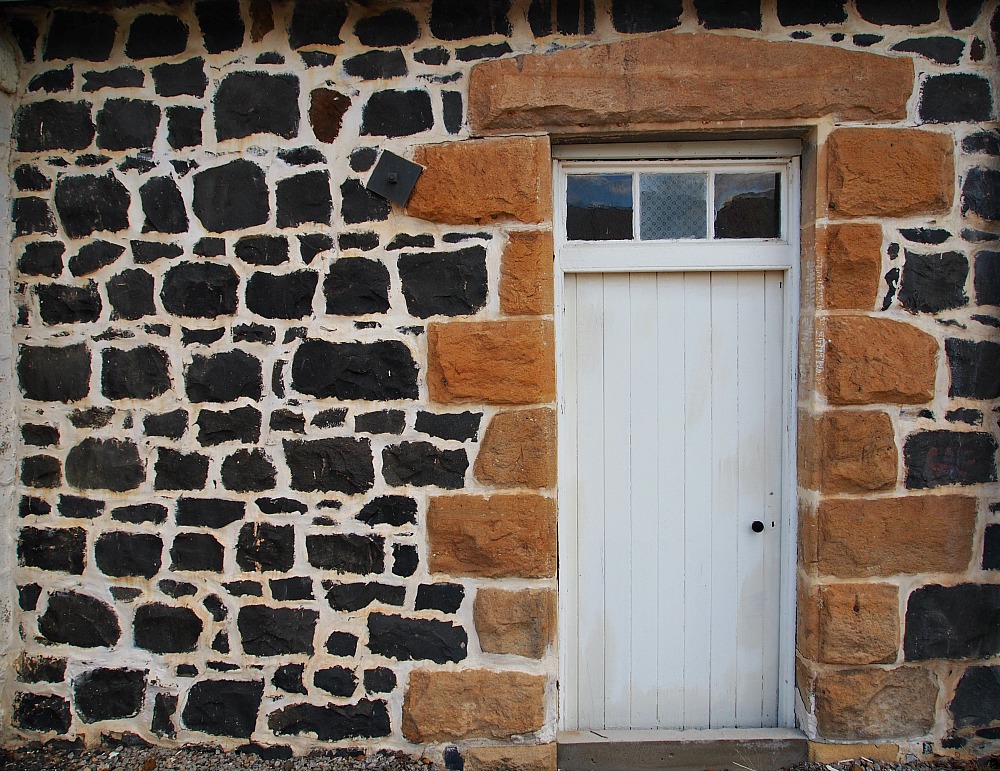
For awhile Sue and I wondered if we’d be able to see the back gardens of Jimbour House. Each entrance thus far had been guarded with Staff Only signs. But as we rounded the corner of the Bluestone Building, an unobstructed path finally led us inside.
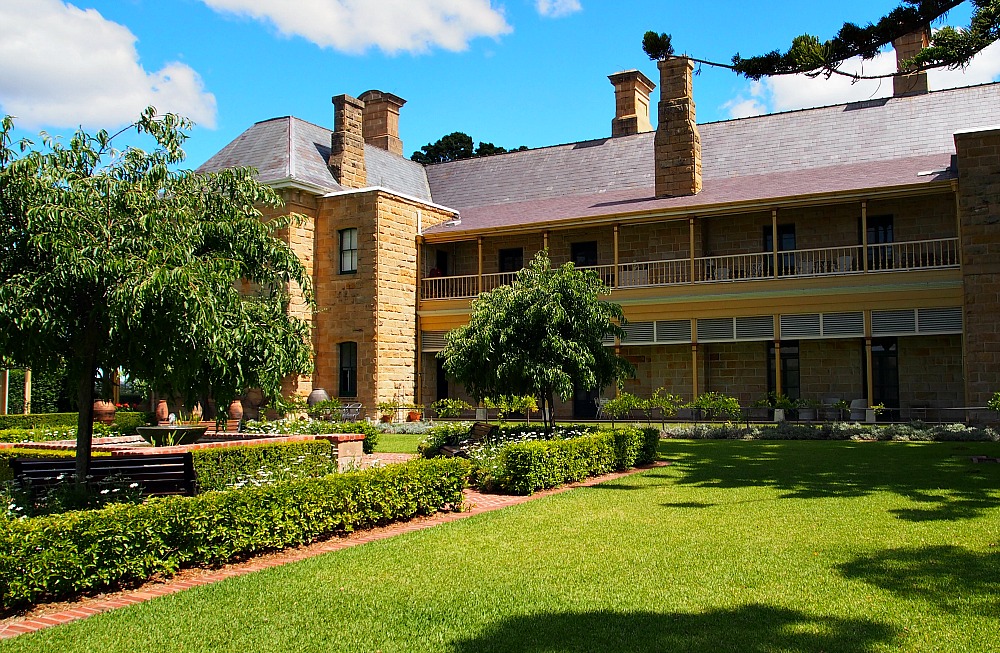
It is a lovely spot, secluded by hedges and towering trees with a delightful mix of shady and sunny spots.
Once again we were amazed at how much of it had a European feel.
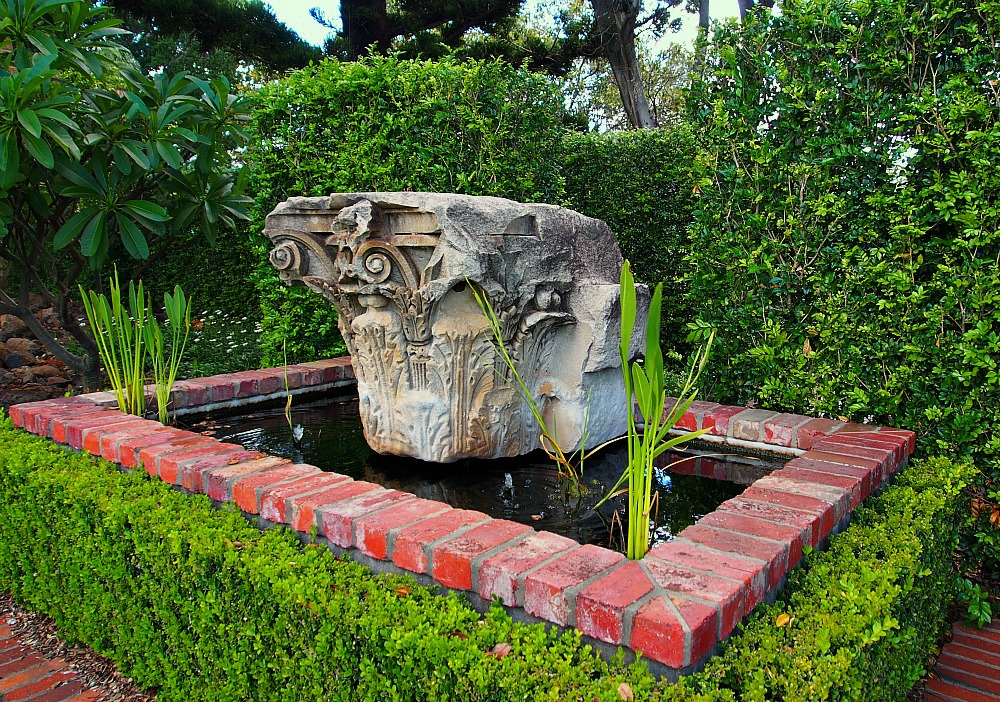
Doesn’t this shady corner look like a scene out of Italy?

The verandas are broad and wide and deliciously shady, positioned beautifully to catch the cooling breezes blowing in from surrounding fields. I think they must be gorgeous in the morning, flooded with sunlight. I wouldn’t mind one bit sitting out there with my coffee and a good book.

Off to the left is another Italian-esque vignette. I love those clambering vines and topsy-turvy urns.
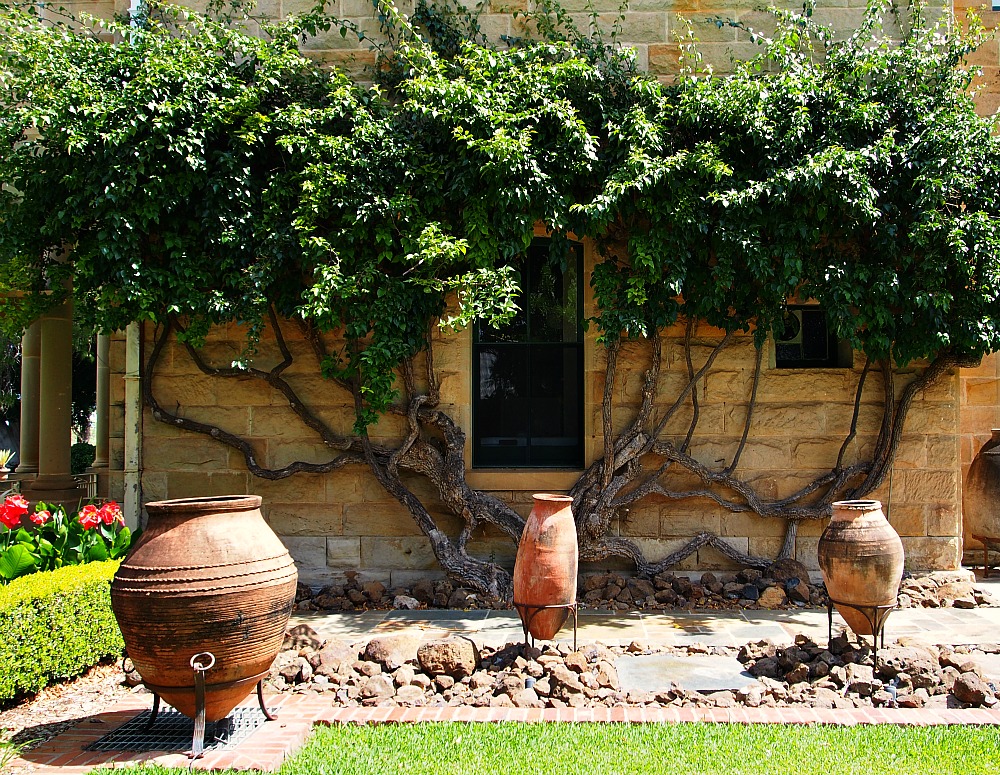
In the center of the yard is a fountain with benches in four corners. No matter one time of day, at least one of them is always in the shade. Such a nice thing in a hot Queensland summer.
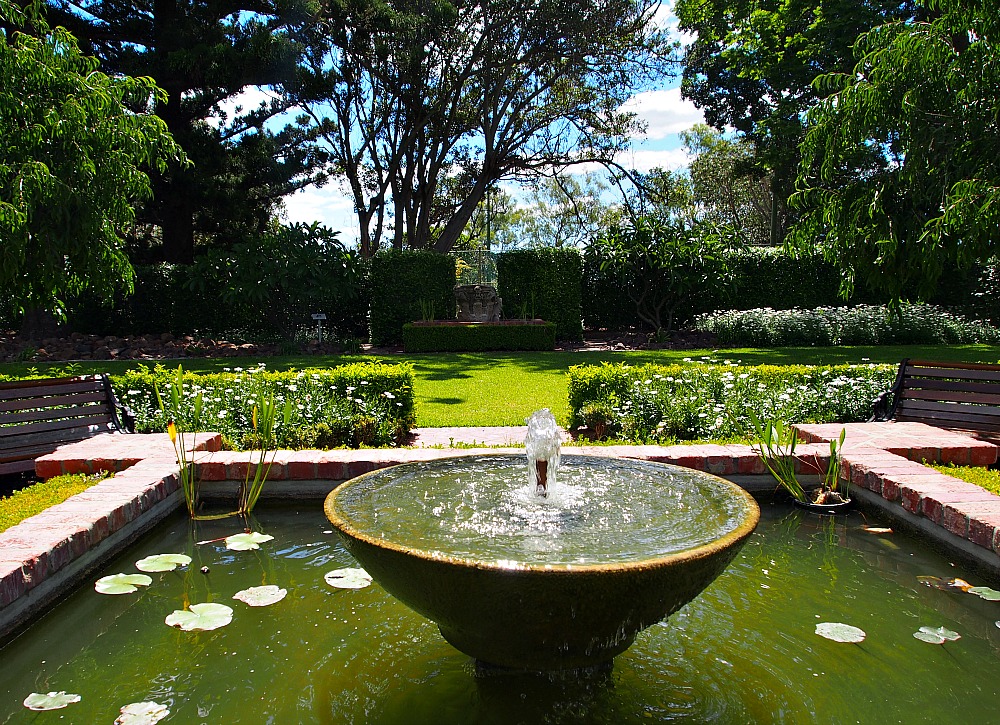
I think this part of the garden must be especially nice on a winter afternoon, the bricks reflecting much-needed warmth while the hedges and trees protect from any icy winds that might sneak through.
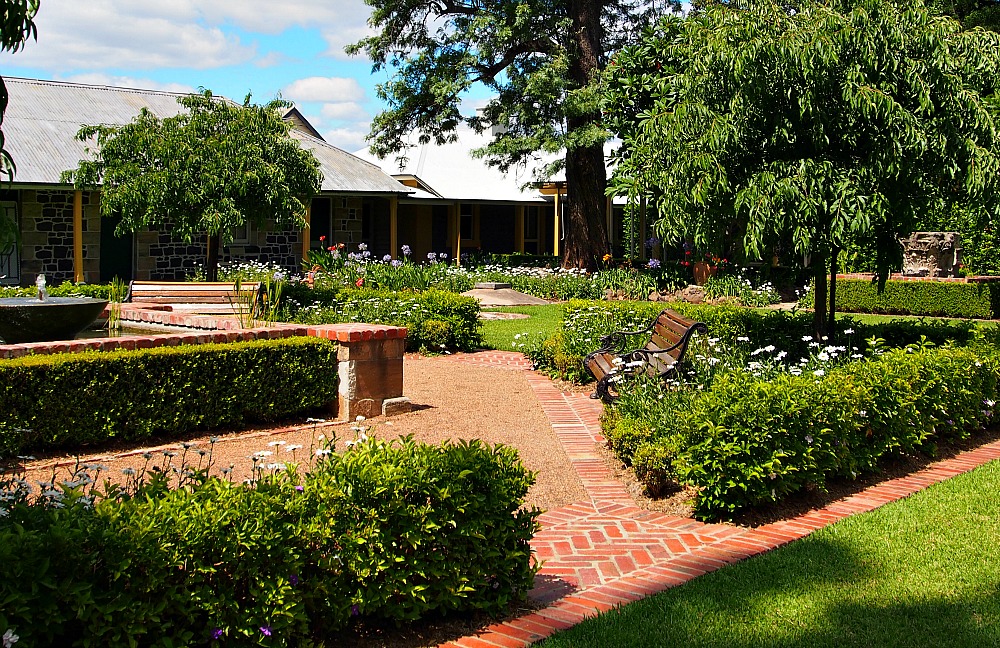
Visiting Jimbour House was a happy accident, the memory of which I will long treasure. It’s definitely a place I will recommend for anyone visiting Southern Queensland.
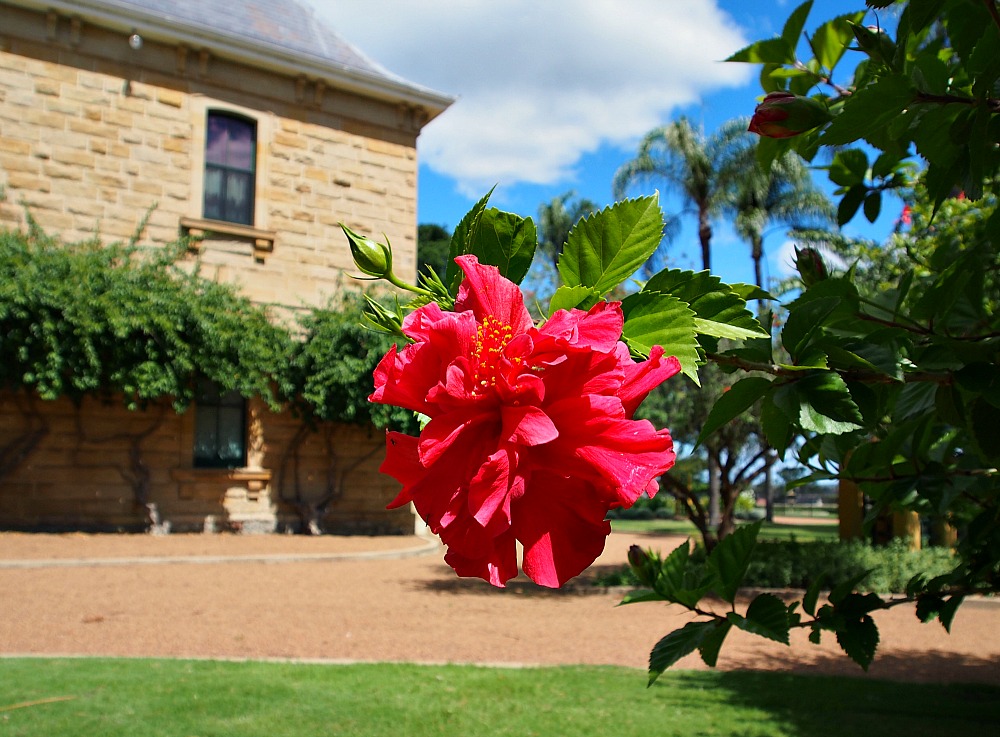
As the sun rose higher, Sue and I bid farewell to that magical place, climbed back in the van, and headed down the road. We found a shady spot at a park and indulged in a roadside picnic lunch of sardines, boiled eggs, fresh tomatoes and cucumbers, an assortment of nuts, ripe peaches, and piping hot cups of tea.
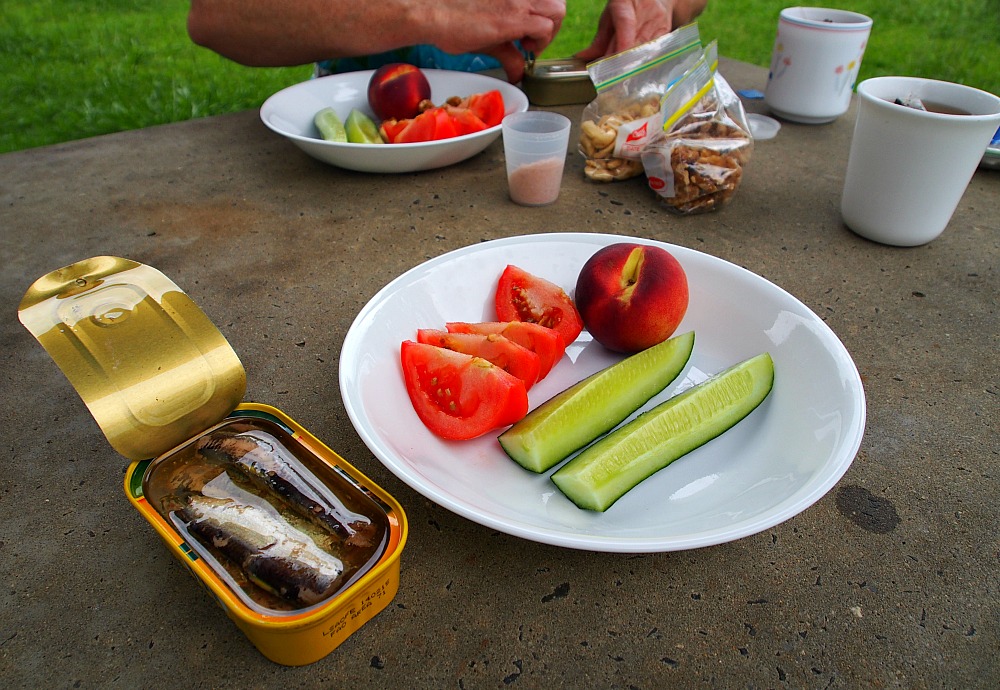
We were ready for the next adventure.
If you were planning a garden, what is one thing you’d like to include? xo

by Krista | Jan 30, 2016 | Summer
When rumbling along dirt roads in the proverbial middle-of-nowhere in Southern Queensland, there are many things you expect to see: isolated homesteads, endless stretches of gum trees, perhaps a few kangaroos or wallabies hopping across an empty field.
You do not, however, expect to see this.

Before Sue and I set out on our 8-day grand adventure exploring Southern Queensland, neither of us had heard of Jimbour House. An hour before we arrived there, we’d still never heard of it. But that’s when detours, mythical springs, and a bit of serendipity came into play.
We had just left our campsite in the gorgeous Bunya Mountains and were luxuriating in sunshine and blue skies as we motored down the road when we saw a sign that read: Boiling Springs Lookout. Always up for a diversion we backed up and turned down the gravel road and wended our way through countryside dotted with Queensland Bottle Trees and grazing cattle.
We finally arrived at our destination which, it must be confessed, was nothing like advertised. There was nary a sign of springs, boiling or otherwise, and the lookout, while pleasant enough, was certainly nothing to write home about.
There was, however, The Longest Man Made Structure In The World.
Also known as the Dingo Barrier Fence.
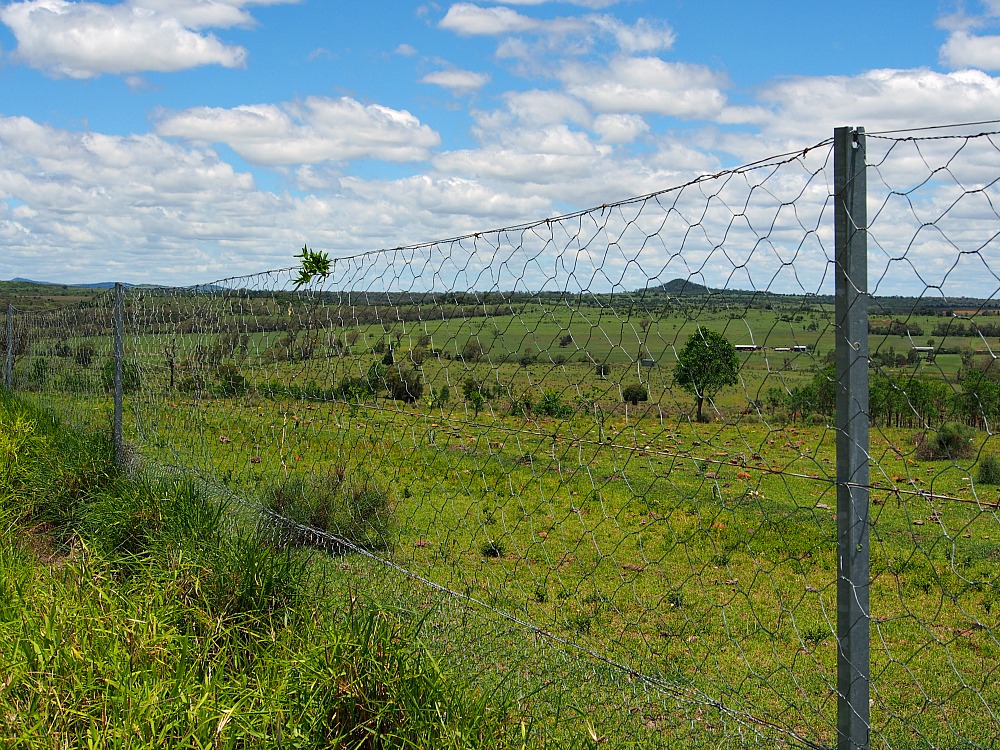
Built to protect livestock from the ravages of wild dogs and dingoes, the Dingo Fence stretches over 2126 km, and, as of 1999, is protecting approximately 4.7 million sheep, 1.2 million cattle, and 15,000 goats.
Constructed using wooden posts, strainers, star pickets, wire, and different types of netting, the Dingo Fence is cleared on both sides to a width of 5 metres. It is maintained by eight teams of men who patrol their section of the fence every single week. Amazing.
Also at Boiling Springs Lookout were two local ladies out for a drive. We shared a good laugh over the not-so-accurate signage and then they insisted that if we really wanted something good to look out, we simply had to visit Jimbour House. They gave us directions down a gravel road and off we went.
Are we ever glad we did.
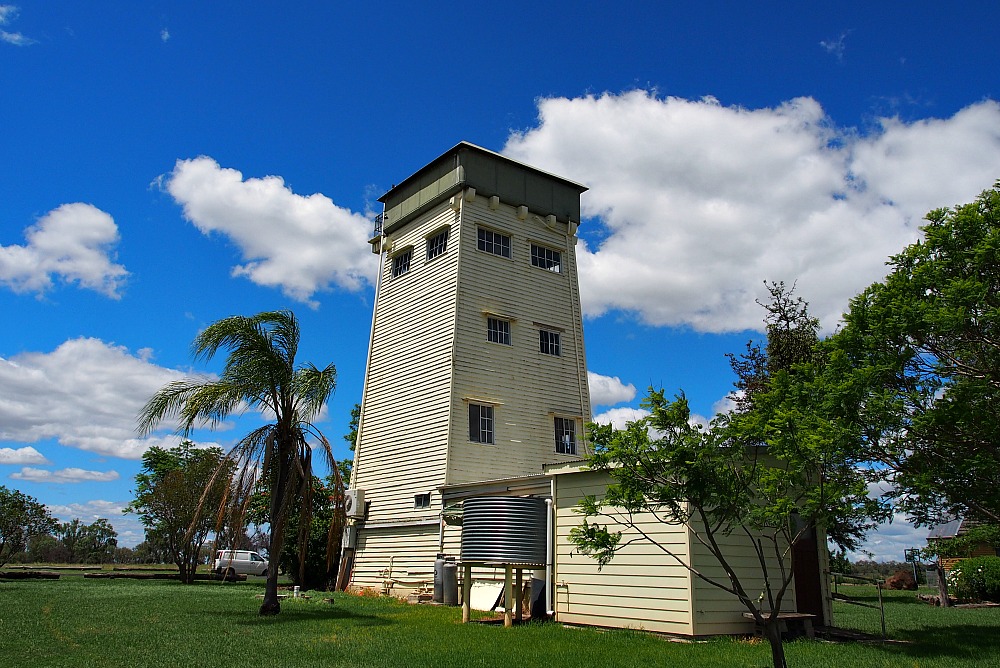
Jimbour Historic Water Tower was built in the 1870’s.
Jimbour Station was developed in 1841 when Englishman Henry Dennis took up the property for pioneer owner, Richard Scougall, a Scotsman who’d arrived in Australia in 1832. Dennis established 11,000 sheep and 700 head of cattle and made Jimbour the first fully stocked station on the Darling Downs.
In its early days, Jimbour stretched over 300,000 acres and was the base from which explorer Ludwig Leichhardt commenced his famous exploration trek across western Queensland and out to the Northern Territory.
That same year, Thomas Bell, an Irishman, purchased the property and registered it as Jimba, said to be the local Aboriginal word for good pastures. Eventually the spelling evolved into Jimbour.
Although the Bell family built up the station by adding two homesteads, their finances took a turn for the worse and while the homestead was kept, the station had to be sold off.
Jimbour fell into disrepair from 1912 until 1923 when it was purchased and renovated by Wilfred Adams Russell and his wife, Millicent. They transformed the place and today it is a thriving property of 11,000 acres devoted to crops, cattle grazing, and wine production. Jimbour House is still owned and maintained by the Russell family, and is a haven for the arts, hosting Opera at Jimbour for the Queensland Music Festival, a biennial state-wide celebration of music and culture.
The road to Jimbour House leads past the historic water tower (see above) and Jimbour Chapel (see below). Isn’t it cute?!
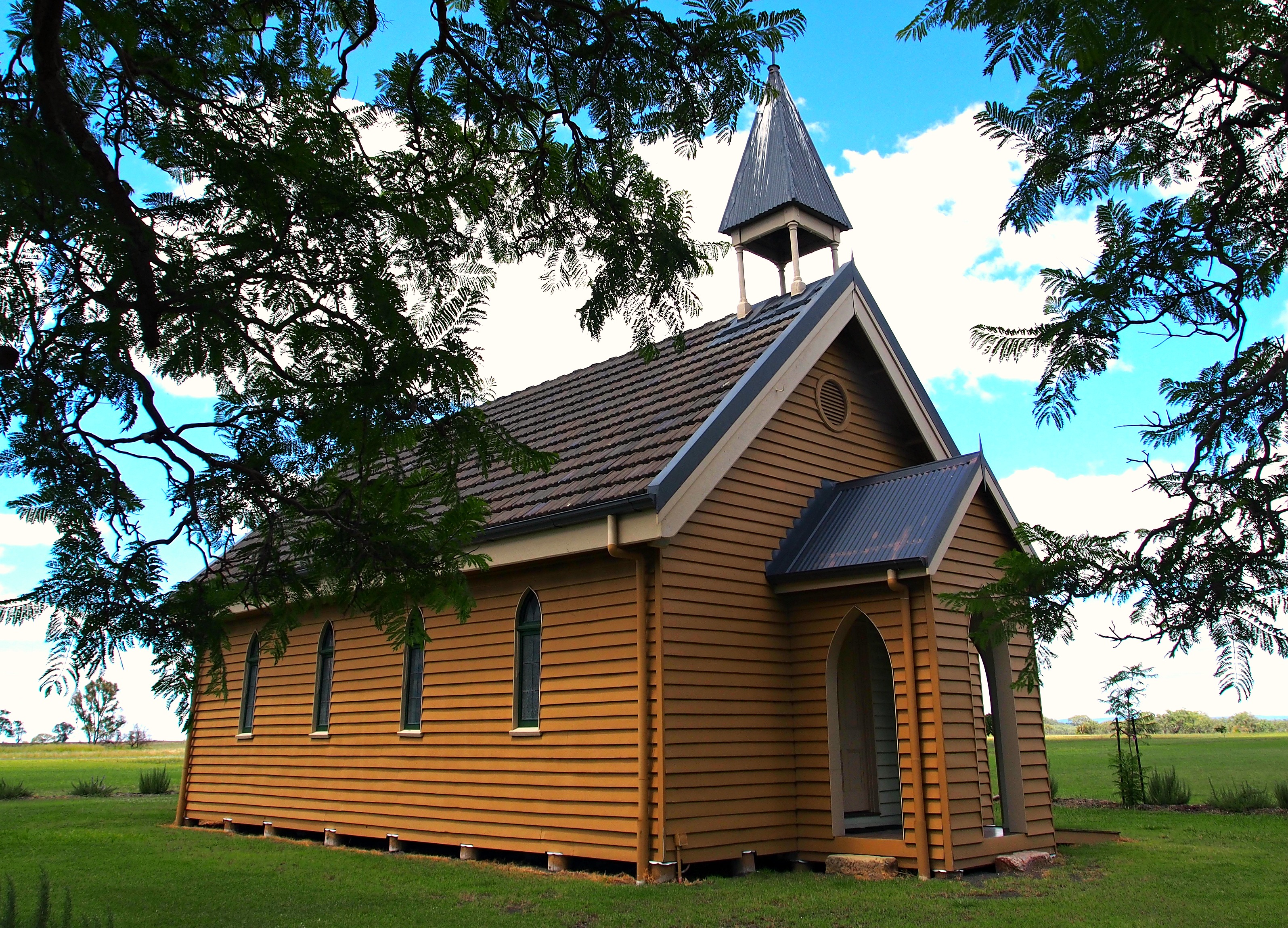
Jimbour Chapel
The chapel was built in 1868 and was known for its “hearty services.” That made me chuckle. It also served as the first Jimbour School (1873) and a cinema in the 1940’s and 50’s.
From there a broad lane lined with Jacarandas and the occasional bottle tree curves up toward the house, and it isn’t until you’re almost upon it that you catch a glimpse of what unexpected beauties are in store.
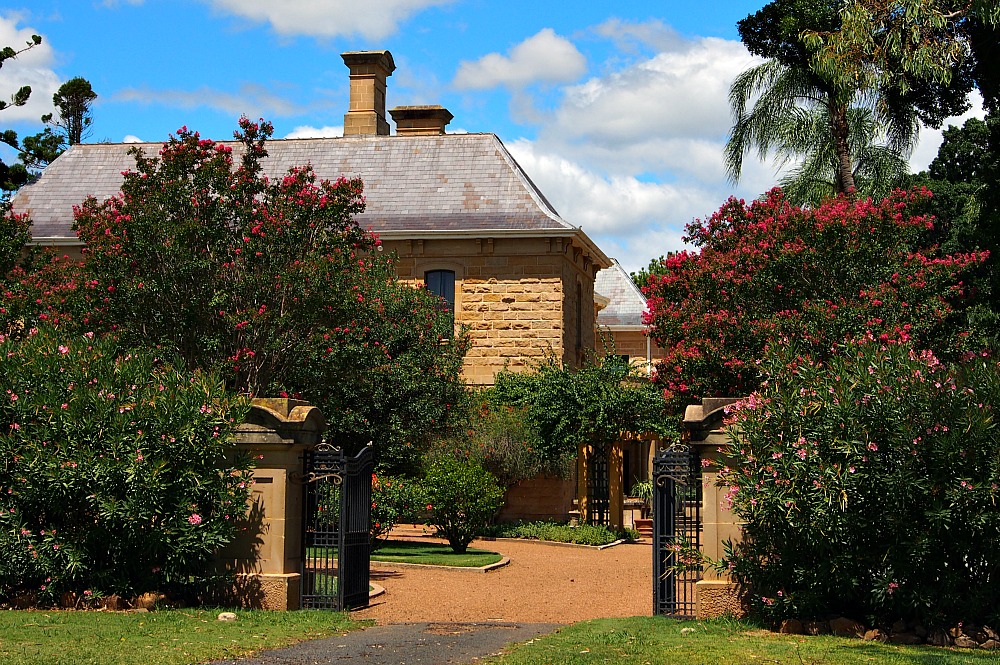
I must confess that at this point Sue and I gaped. Repeatedly. At each other, at the entrance, and back at each other. Both of us are avid travelers and have trekked all over Europe, but neither of us expected to see such an unmistakably European setting in the middle of the Aussie outback.
It was beautifully jarring, and felt as if we’d mistakenly stumbled into a noble house in Italy or France.
We were enchanted.
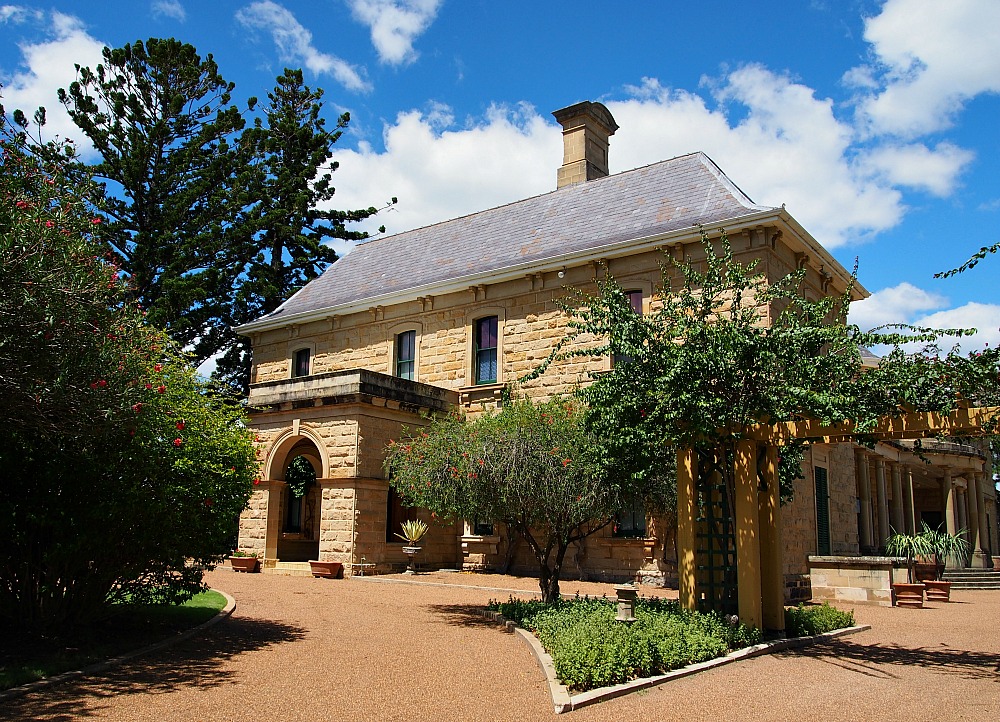
We couldn’t stop smiling as we crunched along wide gravel pathways, craning our necks to look at palm trees and admire the glistening slate roof with its many folds and curves.

We admired the rose gardens and the lavender bushes fragrant in the hot sun, the sweeping terrace that was cool and shady even on the blazing hot afternoon we were there.
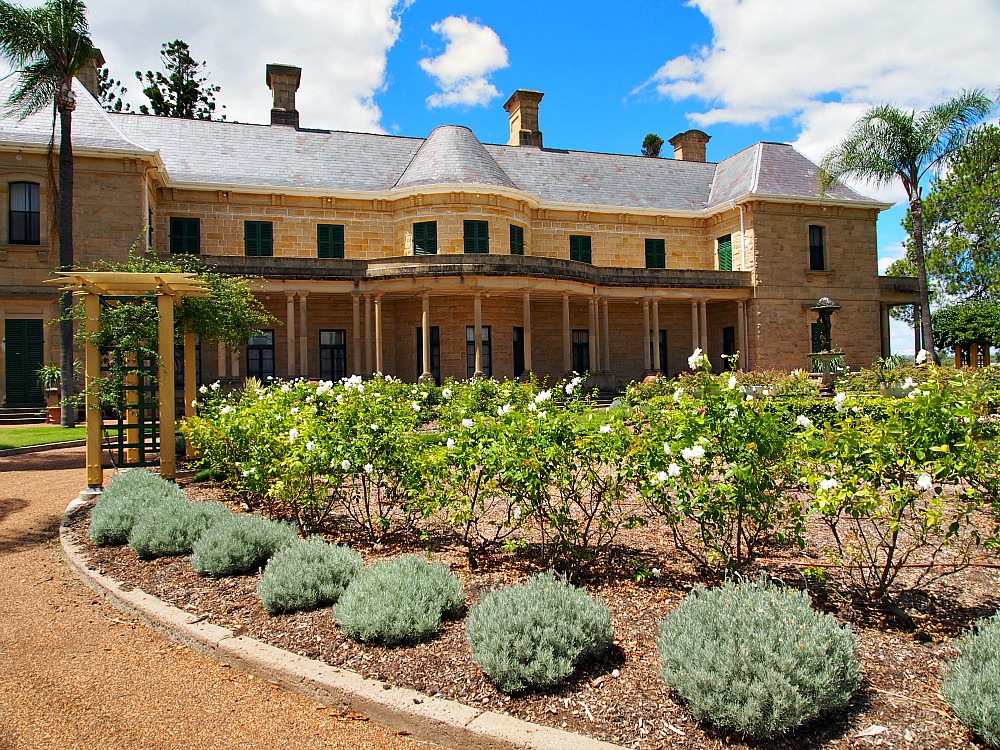
Then we turned around and saw the swimming pool with sweeping views over the downs. Can you imagine the marvelous pool parties they have on hot summer nights?
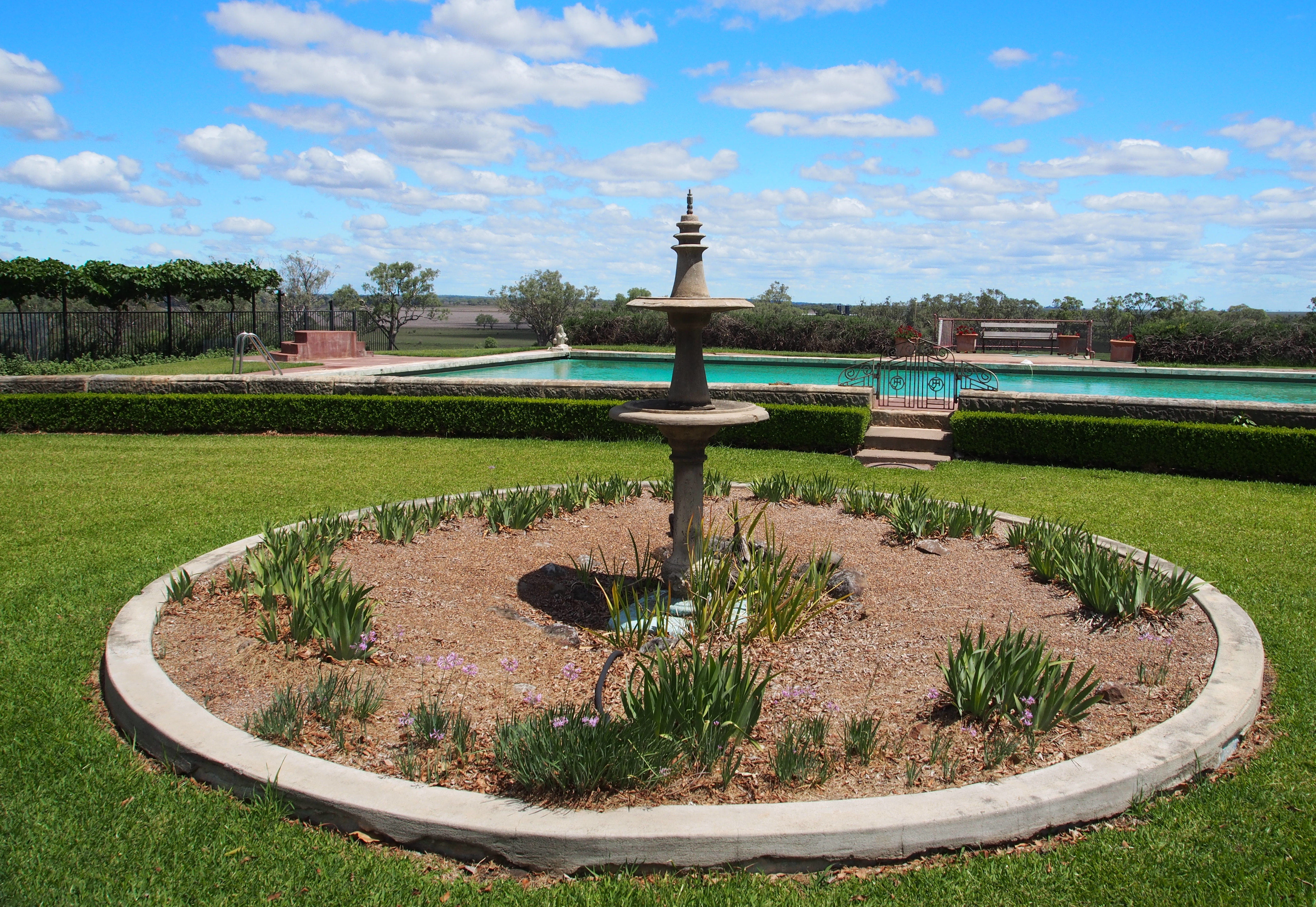
Thoroughly roasting by now, we happily trailed our fingers in the cool waters of the fountain. How good such things feel on a sweltering afternoon.
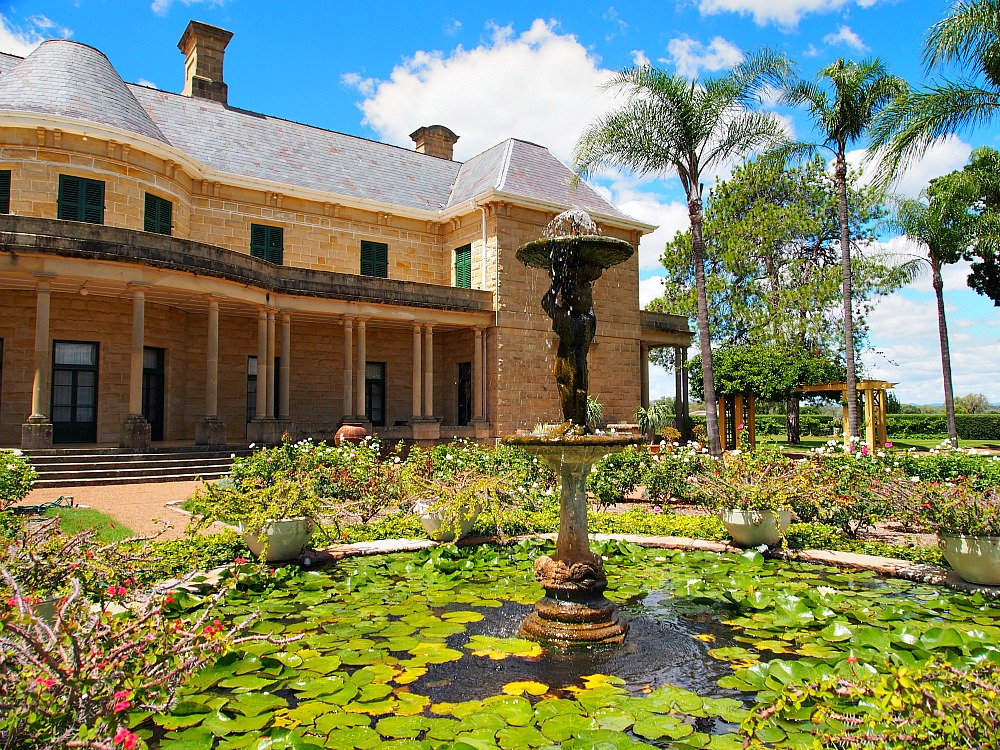
A few moments later clouds rolled in, giving luscious relief as we left the front of the sandstone mansion and went to explore the kitchen garden.
And what a lovely garden it is.
Across a pristine green lawn, a row of grape vines hints at verdant growth to come.
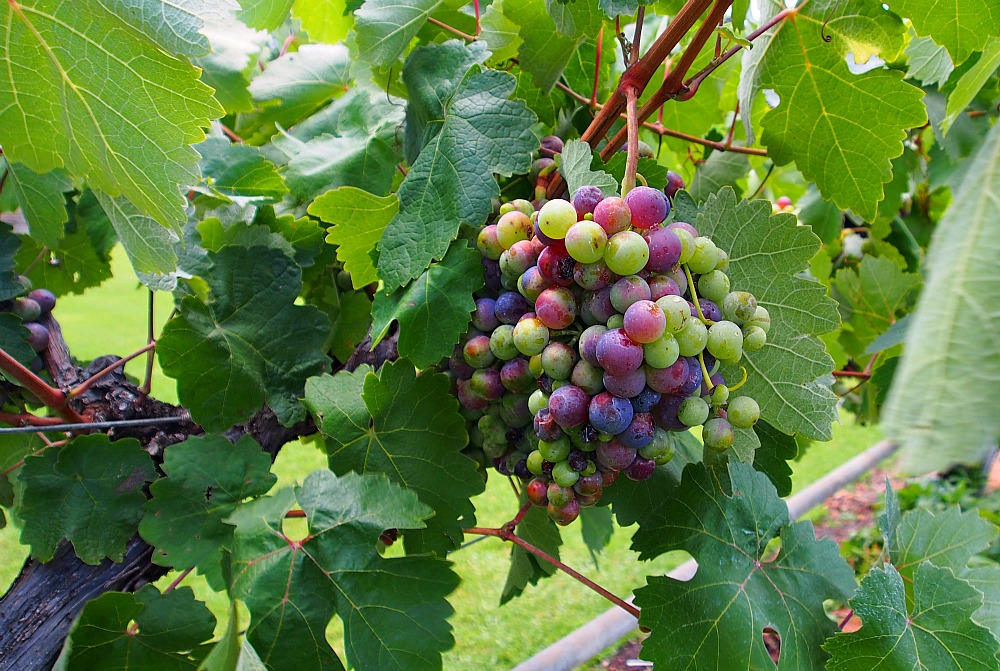
Entered through a gate marked with stone pillars, the Jimbour House kitchen garden is a bit of a dream place.
Spread over 3000 square metres, it is maintained in tribute to early pioneers who, because of their isolation, were reliant on their own skills in growing fruits and vegetables to feed themselves and their families. Rooted in Queensland black soil and fenced with local timber, the gardens are farmed as organically as practical, with all produce used by the Cellar Door, house kitchen, station staff, or the resident poultry.
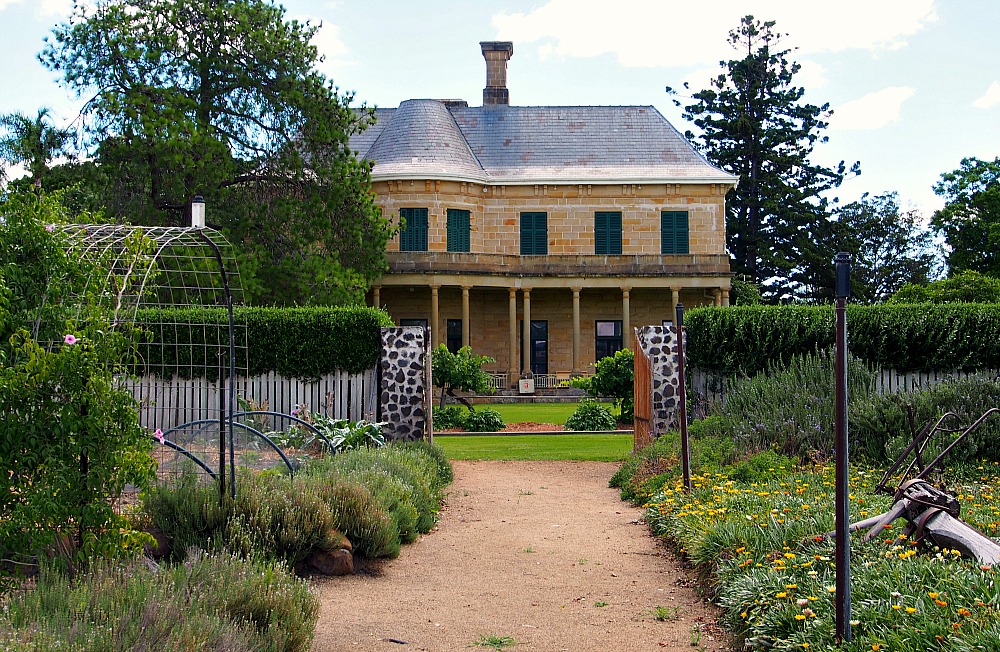
Gravel pathways twist and turn between rock-bordered beds filled with fruit trees and great drifts of fragrant herbs. Depending on the time of year visitors can spot sunflowers, moon and stars watermelons, Turkish Turban pumpkins, and a range of heritage plants.
When we were there, silverbeet, Brussels sprouts, and other veggies were thriving.
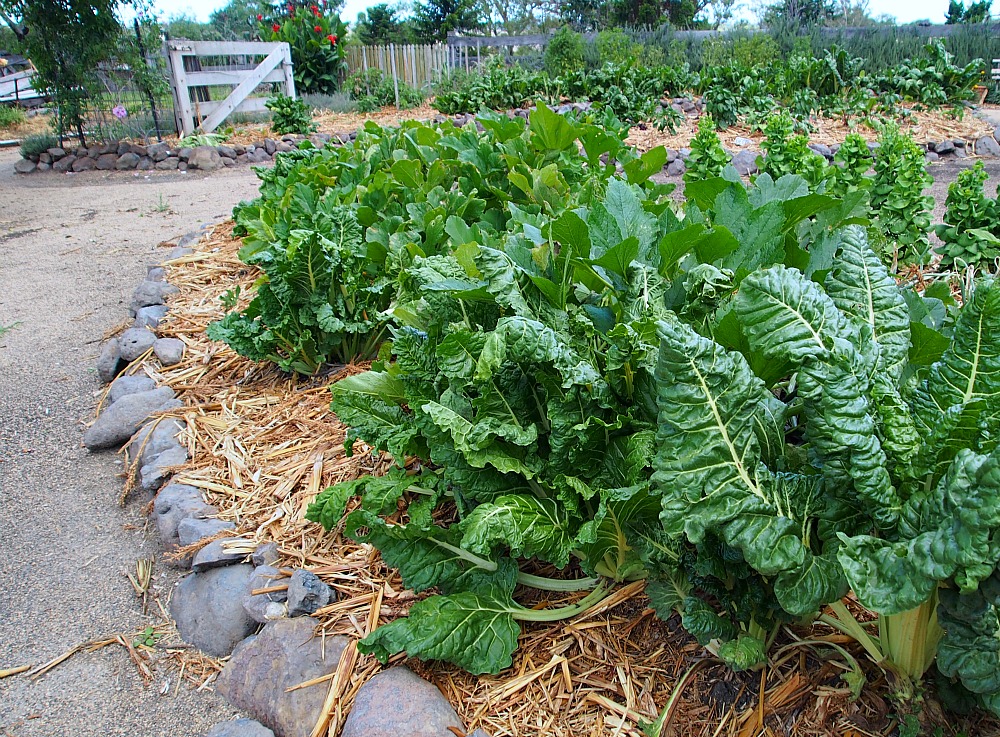
Wandering the garden was greatly inspiring, setting my imagination whirring with ideas I could incorporate when I got back home to our farm.
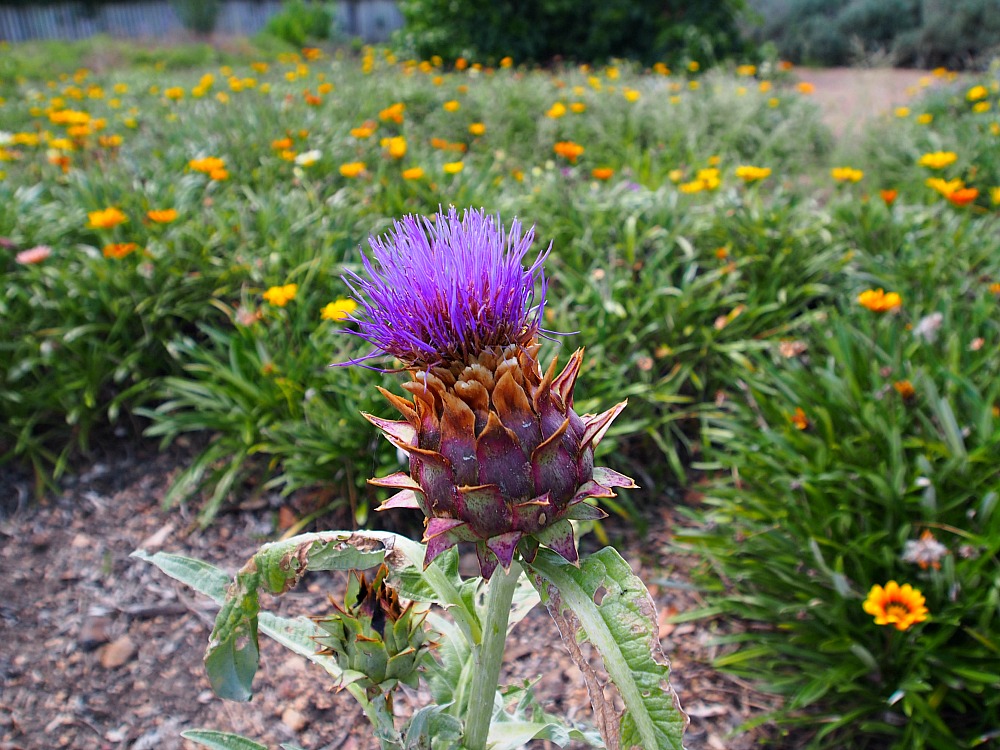
As we emerged from the kitchen garden, the sun emerged from the clouds, turning the lawn into a shimmering, glowing expanse.
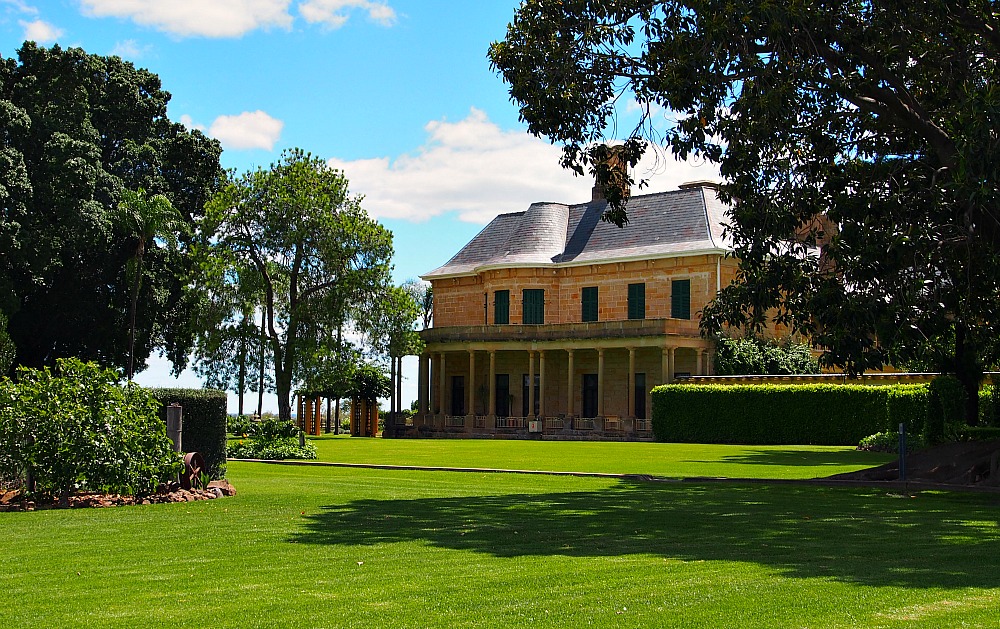
Next time we’ll explore the back of Jimbour House.
What is the best surprise you’ve had while traveling? xo































